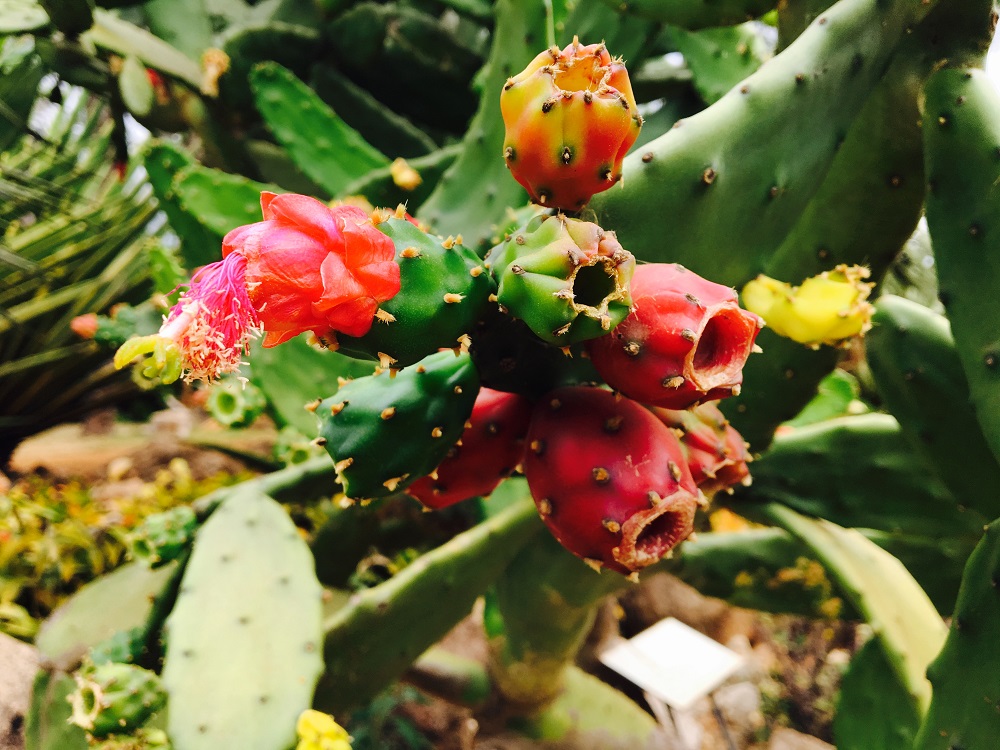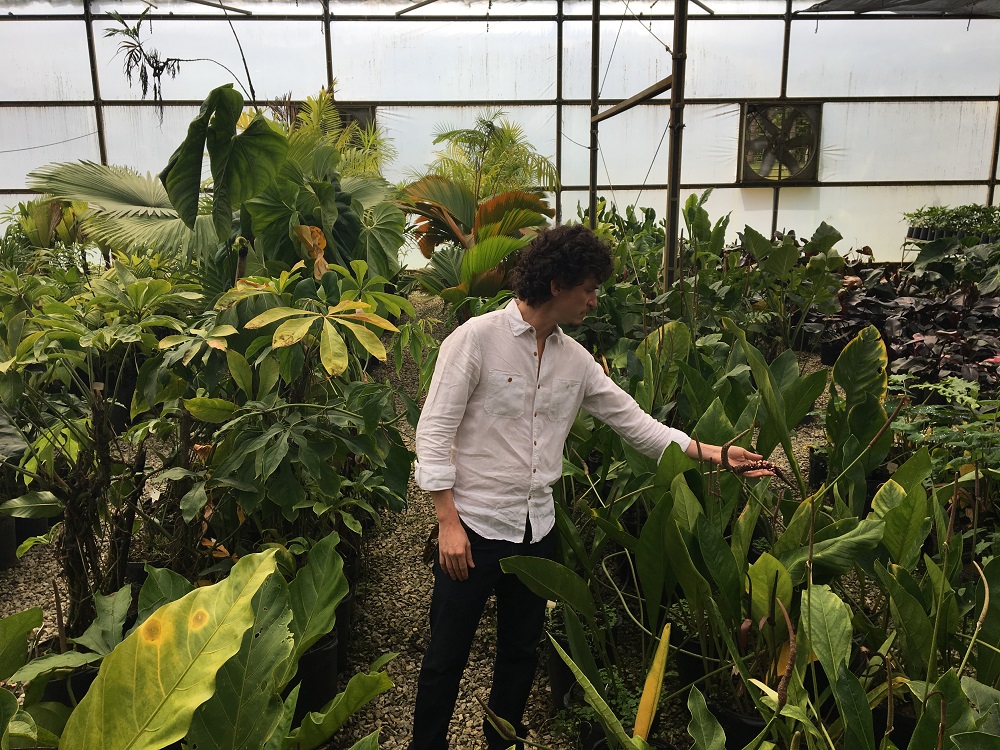Inhotim is known internationally for having one of the most relevant collections of contemporary art. The fame is justified, but the institute has another treasure. This space, where the Cerrado biome meets the Atlantic Rainforest in Brumadinho, a town in the state of Minas Gerais 60 kilometers from Belo Horizonte, is also a botanical garden with over 5,000 species, representing 28 percent of all plant families known in the world. The Brazilian specimens comprise the majority of these, with special attention paid to those most threatened by the presence of the mining industry, such as the palm trees. There is great economic pressure to deforest the region and deplete its soil. Inhotim is located in an area known as the Ferriferous Quadrilateral, the site of one of the world’s largest iron ore reserves.
Protecting green spaces from economic interests is a worldwide challenge. This is why the preservation of the flora’s genetic diversity in botanical gardens has been so relevant. There are already over 3 thousand preservation parks in 180 countries, according to Botanic Gardens Conservation International (BGCI), with 21 of them in Brazil. Together, they contribute to the fight against climate change, one of the Sustainable Development Goals (SDG), a series of actions that orient the national and international policies of the United Nations member countries in various areas.
NATIVE POWER
One of the most important projects conducted in Inhotim is the development of strategies for replanting native species in degraded areas, in partnership with Brazil’s Department of the Environment. Researchers conduct a controlled germination of the seeds and plant them in greenhouses.
In Brazil, reforesting is often conducted with exotic species, such as pine and eucalyptus trees and brachiaria grass. The problem is these plants leave no space for the native ones to grow – and so genetic diversity is compromised. “In the short term, exotic species restore the area, but they do not bring biodiversity and fauna back to the region, benefits we can achieve with native species,” explains Patrícia Oliveira, researcher and coordinator at the Fundo Clima project in Inhotim. Replanting the original flora is a task that demands time and persistence. “It takes two to three years to get a satisfactory seed sample, good enough to have a wide diversity,” says Patrícia. “And we still need studies on the germination process. It’s a challenge, but there’s also a reward.”
In addition to the environmental benefits, preserving the vegetation in spaces open to visitors also serves a social function. “Bringing people into contact with biodiversity encourages an awareness of our environmental riches and of the importance of caring for our biodiversity,” explains Lucas Sigefredo, director of the Inhotim Botanical Garden.
The desire to provoke reflection on the impacts of climate change led the institute to establish a partnership with the Interamerican Development Bank (IDB). The bank’s headquarters, in Washington, D.C., will host until October 13th, 2017 the exhibition “Inhotim: at the Crossroads of Glocal Change.” There are works from the museum’s contemporary art collection and audiovisual experiments inspired by the park’s gardens, including pieces by Iran do Espírito Santo, Luiz Zerbini, Olafur Eliasson, and Vik Muniz. “When we bring themes connected to the preservation of plant species threatened by extinction to the public, we bring attention to the main problem, which is deforestation,” says Juliana Salles Almeida, senior specialist in the Climate Change Division at IDB.
- Flowering bromeliad in the area dedicated to the Atlantic Rainforest in Inhotim (Bruno Moreno / Believe.Earth)
- The biology students Ana Paula Moreira and Érica Gomes (R) work on the Fundo Clima project (Bruno Moreno / Believe.Earth)
- Lucas Sigefredo, director of the Inhotim Botanical Garden, visits the equatorial greenhouse (Bruno Moreno / Believe.Earth)
NATIONAL KNOWLEDGE
São Paulo and Rio de Janeiro have followed the advances in Brumadinho and, for years, have also been conducting research that shows the importance of taking care of plants. “We conduct research to monitor how climate change acts on vegetation and in algae in the lakes,” explains Domingos Sávio Rodrigues, director at the Botanical Garden and Reserves Research Center at the São Paulo Botanical Institute. One of the Institute’s analyses concluded that all native plants submitted to elevated concentration of carbon gas showed growth alterations.

The São Paulo Botanical Garden was officially established in 1938: bringing the public closer to nature creates more allies for the environment (Cibele Boni de Toledo)
Rio de Janeiro Botanical Garden produces and donates seedlings for reforestation and research. The institute represented Brazil at Pint of Science, an international festival for promoting science, which took place simultaneously in 11 countries and over 100 cities. Created four years ago in England, the event seeks to democratize people’s access to science.








